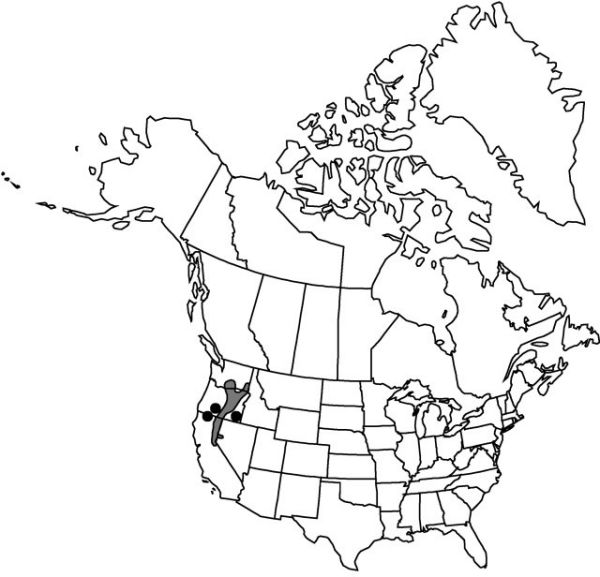Difference between revisions of "Camassia quamash subsp. breviflora"
Amer. Midl. Naturalist 28: 737, figs. 7, 10a, b. 1942.
Endemic
imported>Volume Importer |
imported>Volume Importer |
||
| Line 49: | Line 49: | ||
|publication year=1942 | |publication year=1942 | ||
|special status=Endemic | |special status=Endemic | ||
| − | |source xml=https:// | + | |source xml=https://bitbucket.org/aafc-mbb/fna-data-curation/src/2e0870ddd59836b60bcf96646a41e87ea5a5943a/coarse_grained_fna_xml/V26/V26_597.xml |
|genus=Camassia | |genus=Camassia | ||
|species=Camassia quamash | |species=Camassia quamash | ||
Latest revision as of 22:16, 5 November 2020
Leaves 10–17 mm wide, glaucous adaxially. Flowers actinomorphic or zygomorphic; tepals connivent over capsules after anthesis, usually forced apart again by capsule growth, bright blue to deep bluish violet, each 3- or occasionally 5-veined, 15–20 × 3–5 mm; anthers bright yellow, 4–5 mm; fruiting pedicel incurving-erect, 5–15 mm. Capsules 7–16 mm. Seeds 5–10 per locule.
Phenology: Flowering mid–late spring.
Habitat: Wet meadows
Elevation: 700–2500 m
Distribution

Calif., Nev., Oreg., Wash.
Discussion
Selected References
None.
Lower Taxa
None.